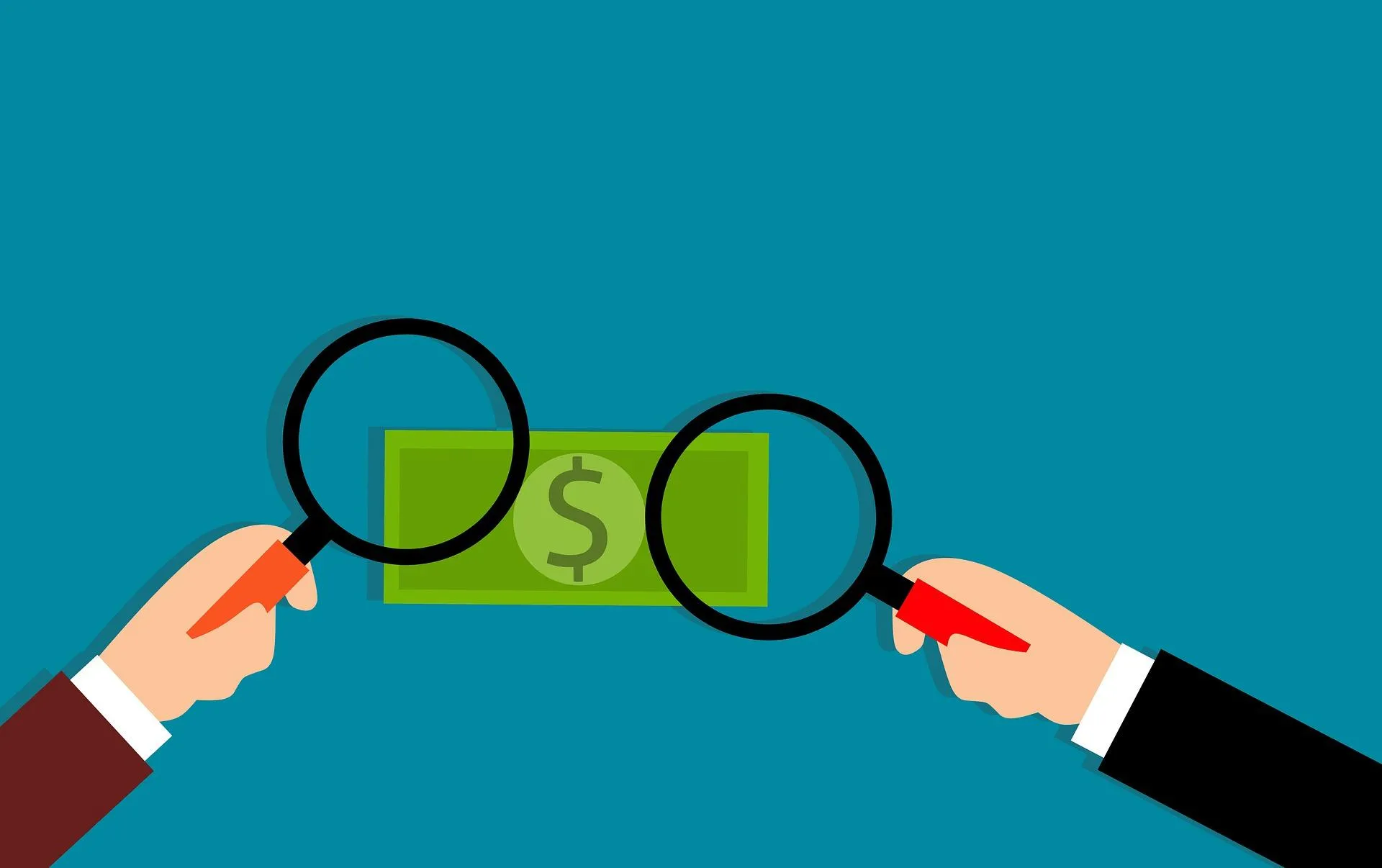Investing 101: Mutual Funds vs. Exchange-Traded Funds (ETFs)

- Whether you’re investing for yourself or working with an advisor, you’re likely to have mutual funds, exchange-traded funds, or both in your strategy.
- Learn more in this article about the differences and how each can fit into your portfolio.
As we discussed in our last Investing 101: Diversification article, diversification is king. Much of our investing fortune is left to the randomness of the markets, but our level of diversification is within our control, along with things like the investment mix and fees. Mutual funds and exchange-traded funds (ETFs) are both easy ways to bring diversification into your portfolio. If you need a primer on diversification, take a minute to read the article linked above.
The advantage to mutual funds and ETFs is that one investment buys into many different individual stocks or bonds on your behalf. Putting your money into one S&P 500 based mutual fund is like buying 500 different stocks at once, spreading your risk across a wide range of companies and industries. The concept of diversification with mutual funds and ETFs is simple, but the execution of each is somewhat different.
Trading and Investing
The most obvious difference is how Mutual funds and ETFs are each bought and sold.
Mutual funds trade once a day, at the end of the day. After the day’s trading is completed, the value of the fund is recalculated for that day and everyone who placed an order that day receives the funds Net Asset Value (NAV) – minus any sales loads or trading costs. The mutual fund buyer or seller does not know at exactly what price their order will trade at, but can get some sense of whether it will be more or less than the previous days price based on the market activity for the day. For this reason, mutual fund buy orders are almost always entered in dollars (due to the unknown share purchase price) and sold either by a dollar amount or a share amount. As a result, owning fractional shares of mutual funds is common.
ETF trading is much more straightforward. Exchange-traded funds trade throughout the day just like a stock. The share price is constantly revalued based on the day’s trading activity, and you can enter buy and sell orders throughout the day. Orders are executed based on the current buy or sell price for the fund and typically entered in whole shares, although some firms may allow fractional shares to be purchased.
Expense Ratios

Both mutual funds and exchange-traded funds have an expense ratio. This is the cost for the investment company to run the mutual fund or ETF. The buildings, the people, the research, the technology all contribute to the expense ratio and depending on the fund these fees can range from near 0.01% (or lower) to well over 1.00%. Simplified investment strategies generally have a lower expense. An index fund with the goal of simply tracking a market index is going to have a much lower expense than a more active fund. Funds that attempt to invest in more specialized markets will also be higher up the expense scale.
Expense ratios can be a bit of a “phantom” fee as investors do not pay these out of pocket. Instead they are paid in the form of a reduced return for the fund with expenses taken straight out of the value of the fund. For example: if a mutual fund’s investments returned 10% for the year, but the fund’s expense ratio was 0.50%, the fund would only return 9.50% for the year (10% - .50% = 9.50%). The 0.50% expense ratio would “drag” down the funds return over the course of the year.
Commissions and Trading Costs
Once again mutual funds are more complex than their ETF cousins. Mutual funds fees can come in a variety of forms including:
- Sales Loads – where you are charged a percentage commission on the front-end purchase, the back-end sale, or via an increased annual expense. Looking for “No-Load” funds can save you a bundle.
- Transaction Fees – many brokerage firms have transaction fees for mutual funds which are different from their stock trading fees. Even if a brokerage offers $0.00 commissions on stocks it’s likely they have mutual funds with transaction fees and without transaction fees. Just because a mutual fund has no-transaction fee doesn’t automatically make it better, many of the “household names” in mutual funds do not pay brokerages to be on these no-transaction fee lists. It is important to evaluate the fund on it’s merits, with the transaction cost being just one component.
Exchange-traded funds are typically more straightforward with the cost of the transaction typically falling under whatever commission the brokerage charges for stock trading. With many brokerages offering $0.00 commission for online orders ETFs can frequently be bought and sold with no transaction fee.
Tax Efficiency
If you’re going to be holding investments in a brokerage investment account (as opposed to an IRA or other tax-advantaged account) the tax efficiency of the investment may also hold some importance. Mutual funds and exchange-traded funds at times buy and sell investments to reallocate the portfolio or to send cash to sellers who redeem their shares. When dividends are paid and capital gains are realized these are capital gain distributions, and the tax liability, are passed on to shareholders like you.
How often your fund trades investments, also known as turnover, will impact how often and how much in capital gains might be paid out to you. An index fund typically has less turnover than an actively managed fund, which often leads to smaller capital gains payouts. Mutual funds and ETFs can be either active or passive, but a large percentage of ETFs are based on indexes compared to their Mutual Fund counterparts.
There is another element to ETFs that makes them more tax efficient that has to do with how they redeem shares when holders of the fund sell. It’s very wonky and too much to discuss here so you’ll have to take my word for it, the inner mechanics of ETFs are more able to avoid capital gains distributions vs. the redemption process of Mutual funds. For more detail about this works take a look at this article from the investment company WisdomTree. Legislation has been floated in the past to change these rules, but so far nothing has moved very far.

Minimum Investments
Mutual funds typically have a minimum investment amount for your initial investment as well as future investments. The initial investment might be anywhere from $100 to a few thousand dollars and additional investments are likely to be $50 or $100 dollars.
If you are struggling to come up with the initial investment for a mutual fund, then ETFs may be a better fit. Since ETFs are bought in shares the minimum investment can be as little as one share. For example, buying the Vanguard 500 Index Fund – VFIAX requires a $3,000 initial investment. The same Vanguard 500 Index ETF – VOO can be bought for a little over $400 per share as of today. Now if one share is all you’re buying you want to be sure transaction costs are also kept to a minimum as well.
Final Thoughts
Both Mutual funds and ETFs can play a vital role in your investment portfolio. ETFs can offer quick access and easy transactions often for $0.00 commission, and Mutual funds can be perfect for automatic investing plans and opening up to a wider range of investment companies and strategies. Speak with an investment professional if you’re not comfortable researching on your own to discuss fitting ETFs and Mutual funds in your portfolio and finding the mix that is right for your needs.



